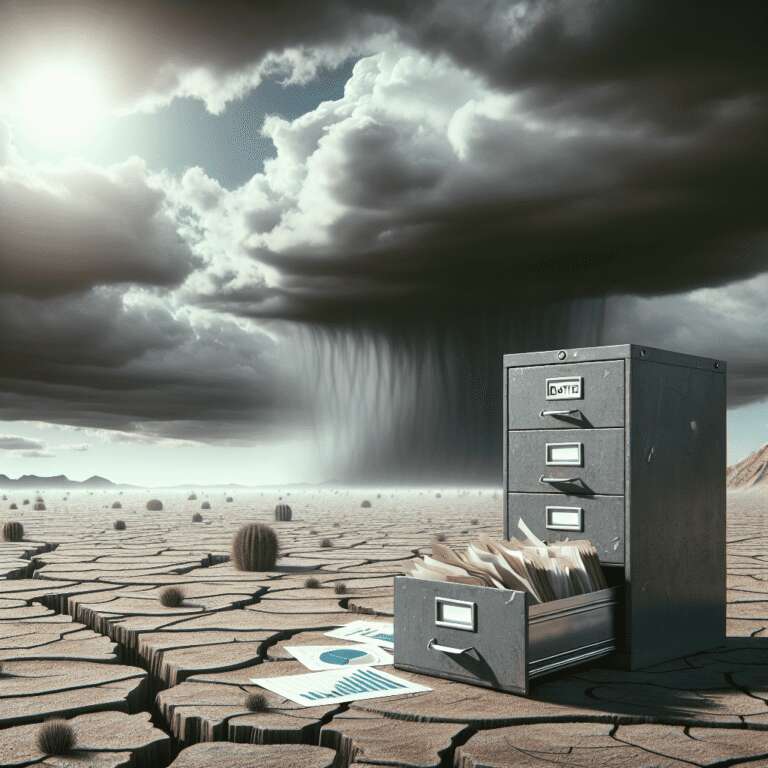Significant proposed budget cuts to scientific research in the United States are raising alarms among researchers and civil servants, who warn that these reductions could imperil the collection of essential climate data. Such data has been instrumental in helping experts and policymakers understand environmental changes and their implications for communities, agriculture, and natural resources. Among the most concerning potential casualties are longstanding government monitoring programs that track snowpack depths in the western US, carbon dioxide concentrations in Hawaii, hurricane forecasting tools, and databases cataloging the economic fallout of natural disasters.
A particularly notable example is the Mauna Loa Observatory in Hawaii, where scientists have meticulously recorded carbon dioxide levels since 1958, producing the renowned Keeling Curve—a graphical representation that has become foundational to climate research. The Keeling Curve documents the steady rise of carbon dioxide, the primary greenhouse gas responsible for global warming, from approximately 313 parts per million in 1958 to over 420 parts per million today. However, potential funding cuts to the National Oceanic and Atmospheric Administration (NOAA) could jeopardize this continuous monitoring, which climate scientists fear would constitute a grave setback for both national and global understanding of atmospheric changes.
The implications of reduced funding extend far beyond the Mauna Loa Observatory. Specialized climate research labs at leading institutions like Princeton—which develop sophisticated models for hurricane forecasting—also face uncertainty due to NOAA budget cuts. In a recent development, NOAA announced it would cease tracking the economic impacts of major US natural disasters, marking another blow to data-driven climate response efforts. These disruptions risk undermining not only high-profile initiatives but also targeted research efforts, such as projects monitoring snowpack in the Sierra Nevada, which acts as a crucial water reservoir for regions like California and Nevada.
The importance of these datasets is underscored by their tangible benefits: accurate water supply forecasts; preparation for natural disasters; and guidance for farmers, businesses, and local governments. Farmers in states like Texas, reliant on copious, detailed records of water levels from upstream sources, illustrate how publicly available data underpins livelihoods. As research budgets shrink, the potential loss of these critical data streams threatens scientific progress and the resilience of communities facing the accelerating realities of climate change.

